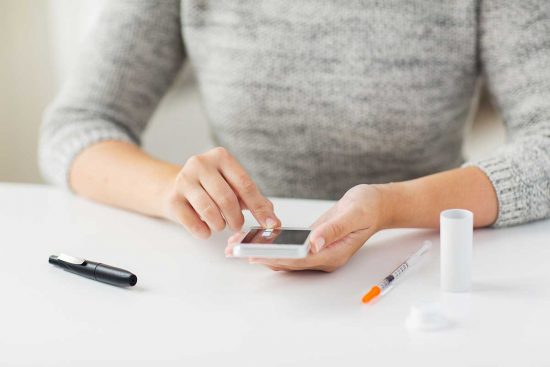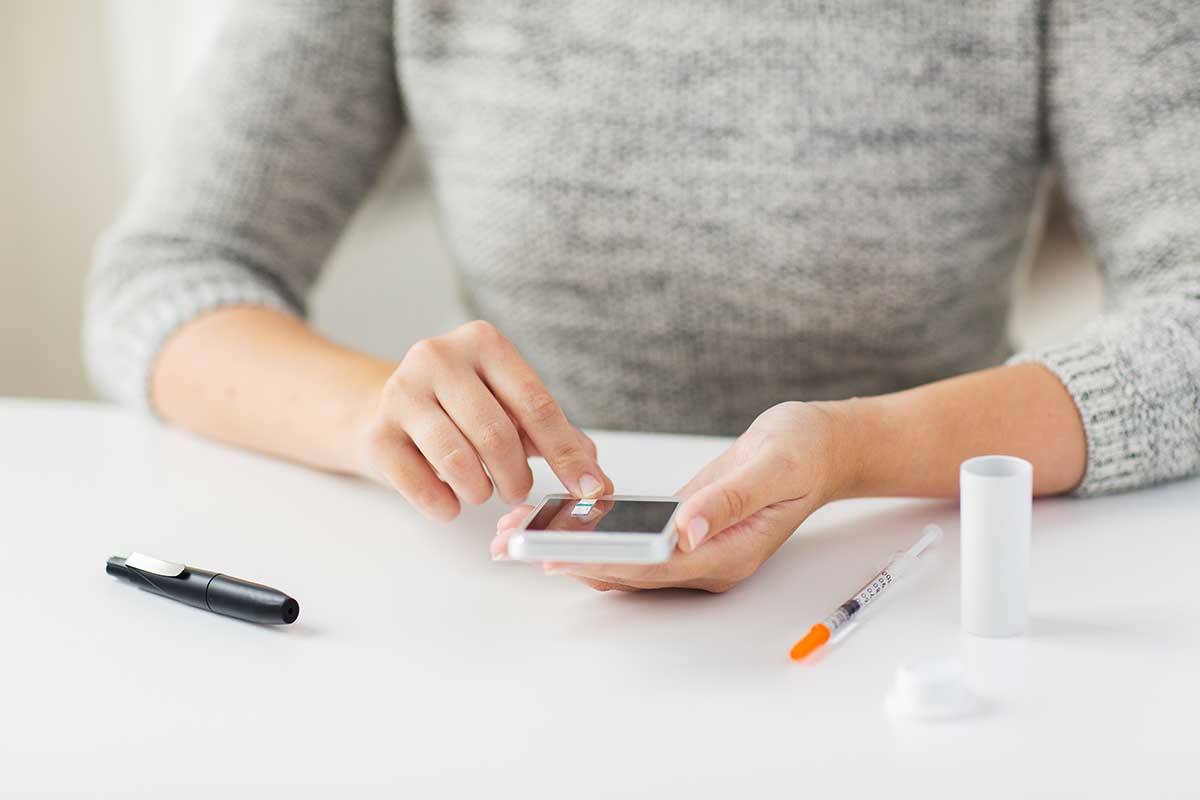
According to the latest State of Obesity Report (2015), Virginia has the 22nd highest diabetes rate in the United States at 10.3 percent of the state’s population. In 2010, there were 644,975 reported diabetes cases, and if that pattern continues, Virginia is projected to report 1,020,739 cases by 2030.
Specific to Northern Virginia, a 2016 prevalence report breaks down diabetes cases by county:
Arlington: 6.2 percent
Fairfax: 7.8 percent
Fauquier: 8.9 percent
Loudoun: 7.1 percent
Prince William: 8.2 percent
Stafford: 7.8 percent
Though Northern Virginia counties’ diabetes rates all fall below the state average, Virginia, like many other states, has seen a rise in both the diabetes and obesity rates since the 1990s. This national trend has prompted the National Institute of Diabetes and Digestive and Kidney Diseases (part of the National Institutes of Health) to recently fund several research projects concerned with finding more efficient ways for those with diabetes to manage their insulin levels.
Of particular interest is improving the lives of Type 1 diabetics, who are unable to produce sufficient amounts of insulin on their own. In such cases, individuals’ immune systems attack the pancreatic cells that make insulin, the hormone that allows your cells to use glucose for energy. If cells are not able to absorb glucose, that glucose remains in the bloodstream and can cause numerous health issues, including hypoglycemia; heart disease and stroke; nerve damage; kidney disease; eye, foot, gum, sexual and urological issues.
The International Diabetes Closed Loop Trial, led by University of Virginia and Charlottesville doctors Boris Kovatchev and Stacey Anderson, will include two different studies. The first will collect data from 240 Type 1 diabetics aged 14 and older over the course of at least six months and is projected to end in June 2018. The second will pull 180 U.S. participants from the first trial and test their response to an alternative algorithm, again for six months.
In both studies, participants will use an automated system called inControl, which uses a reconfigured smartphone application to deliver insulin via an implanted insulin pump. Insulin levels are obtained through a wirelessly linked blood glucose monitor, and the smartphone’s algorithms automatically transmit insulin information to the insulin pump every five minutes. This artificial pancreas has the potential to end diabetics’ daily use of needles to check and manually inject insulin.
Those interested in participating in this study (which has sites in Virginia, California, Colorado, Florida, Massachusetts, Minnesota, New York, France, Holland and Italy) may contact Dr. Stacey M. Anderson at sg4c@virginia.edu or Emma Emory, RN, at ee9m@virginia.edu for more information.





